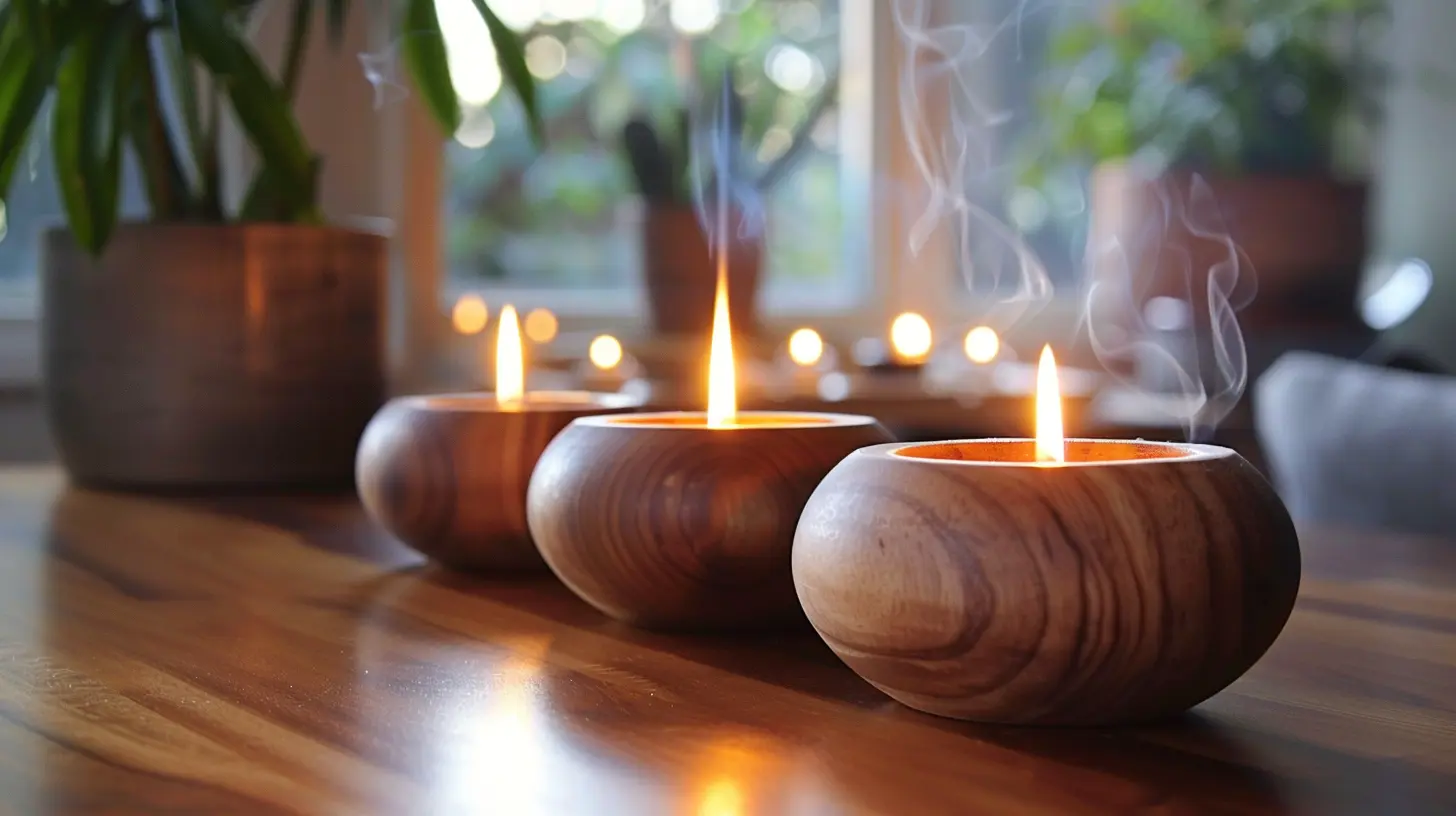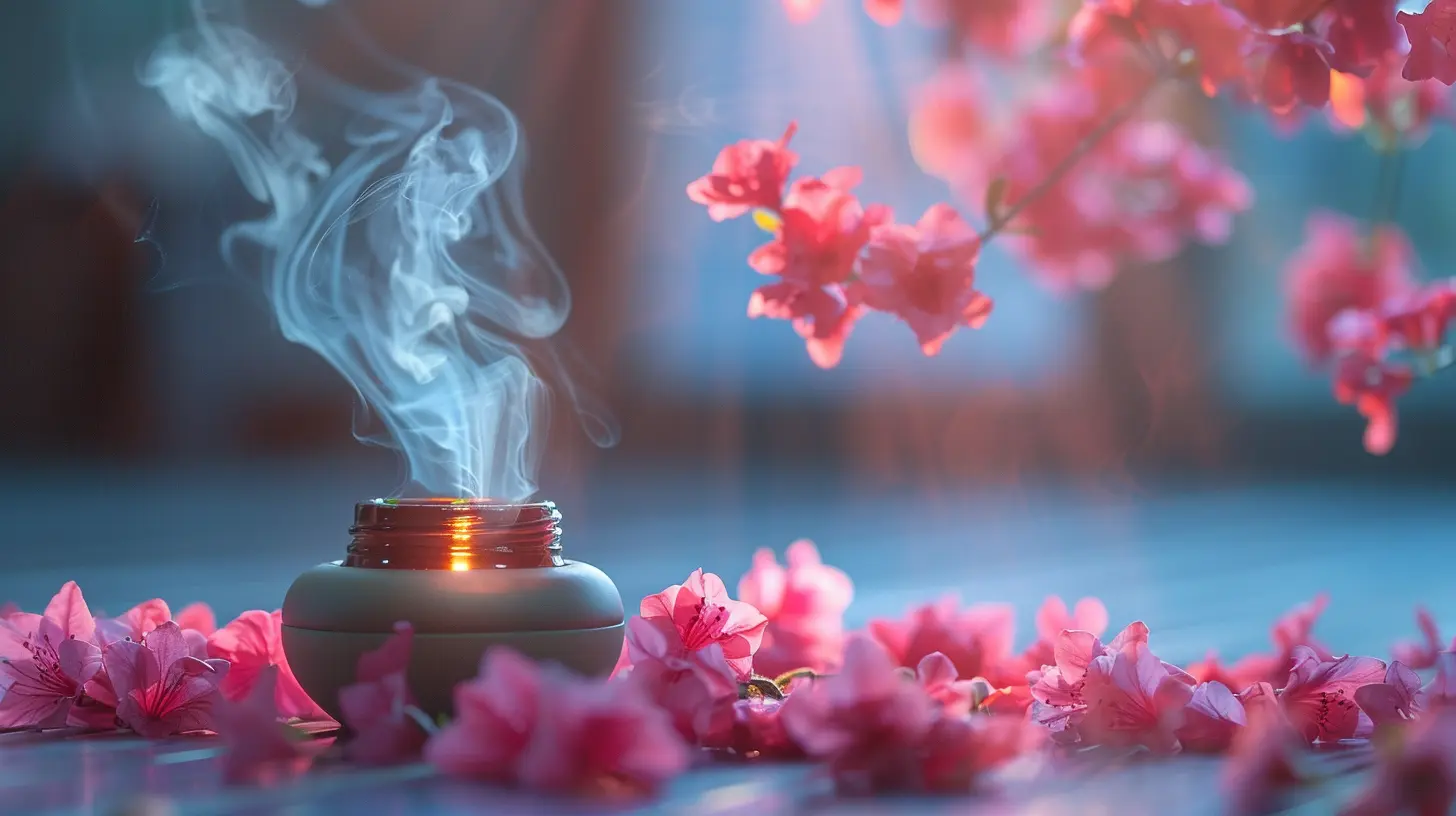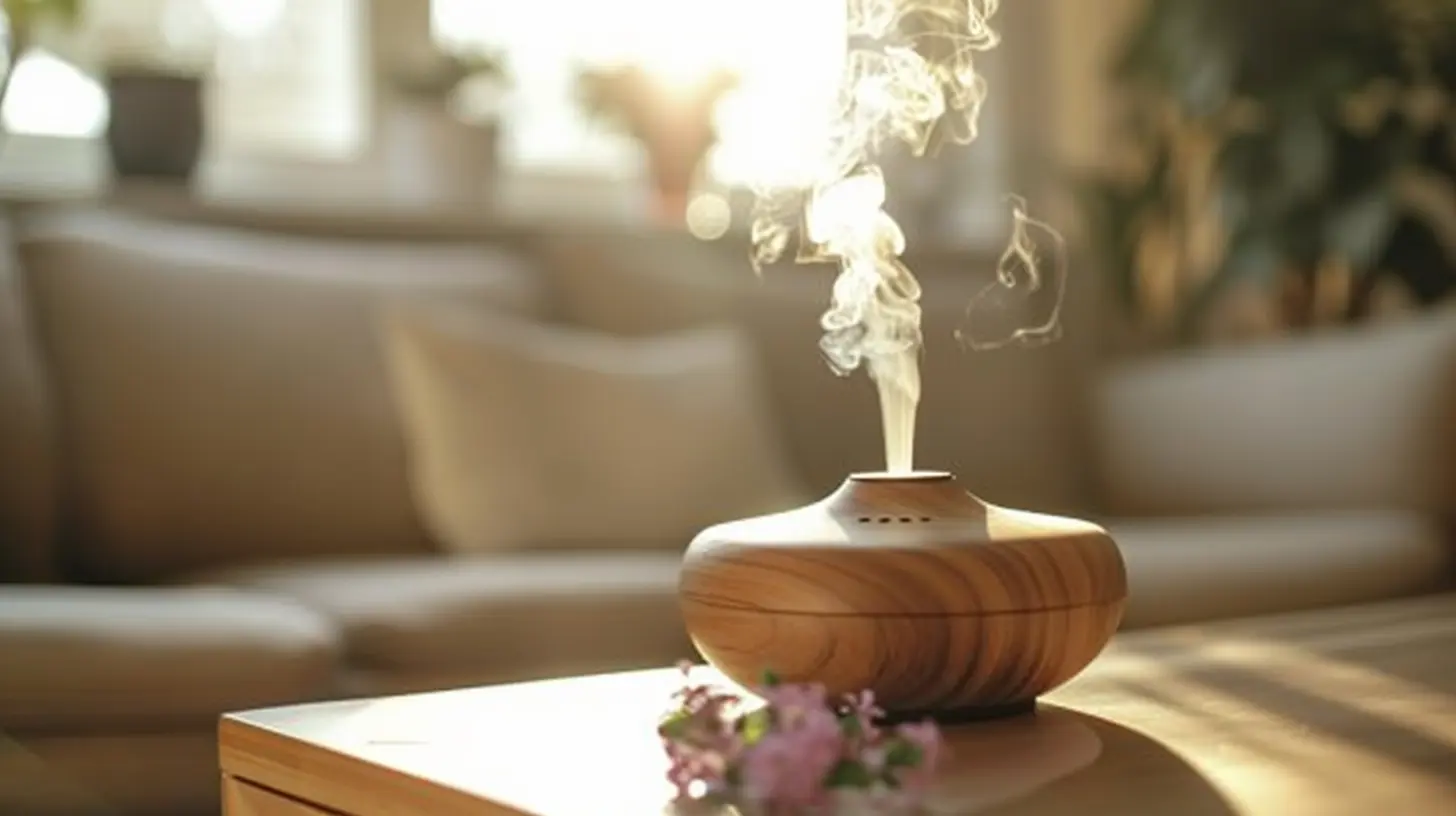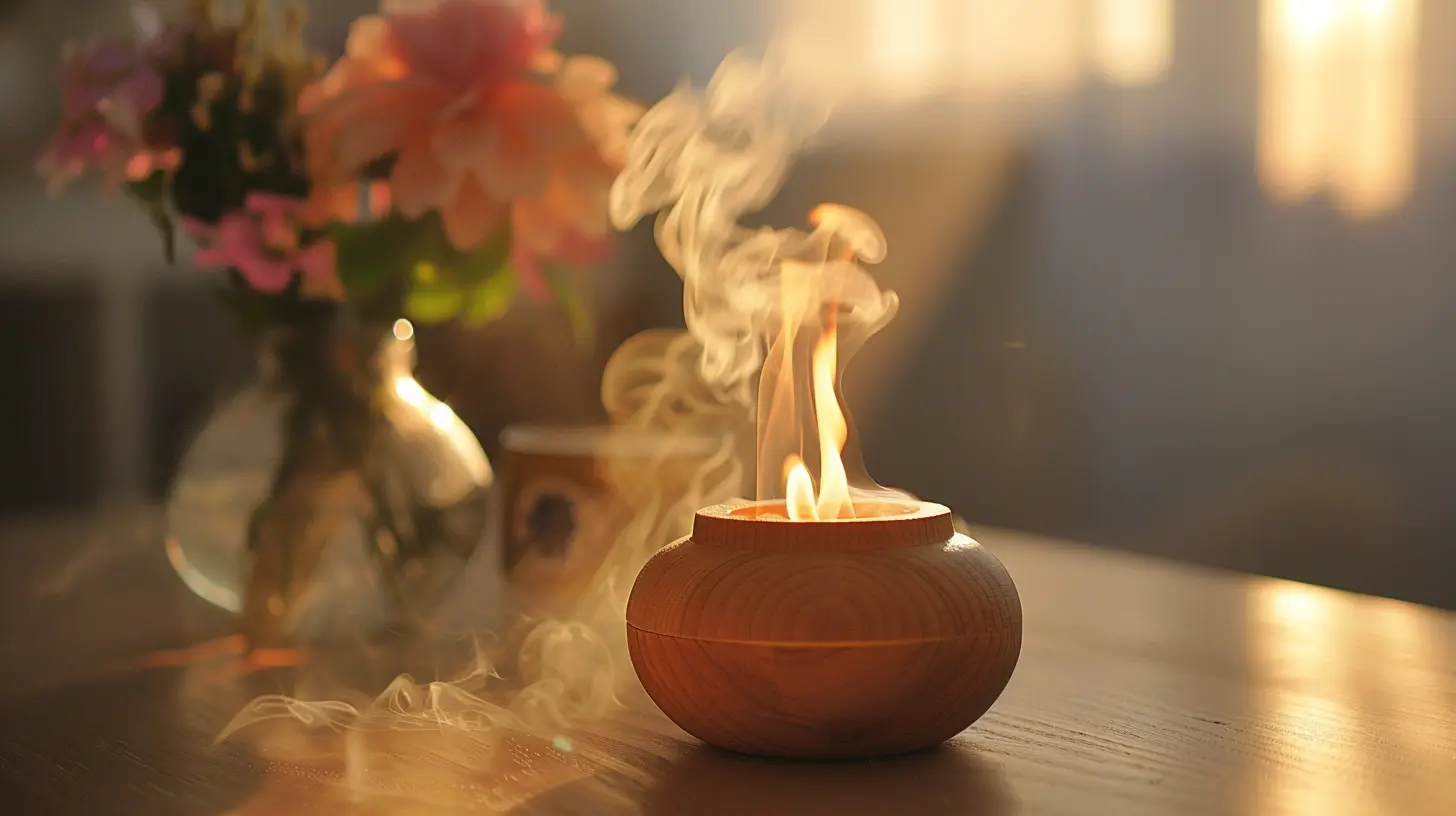Diffusing Essential Oils: Techniques to Maximize Benefits
7 October 2025
Essential oils have taken the wellness world by storm, and for good reason! These potent plant extracts are packed with therapeutic properties that can boost mood, enhance relaxation, and even support overall well-being. But here’s the thing—simply diffusing essential oils isn’t enough. If you’re not using the right techniques, you might not be getting the full benefits.
In this guide, we’ll break down the best ways to diffuse essential oils, ensuring you maximize their effects. Whether you're new to aromatherapy or a seasoned oil lover, these strategies will take your experience to the next level. 
Why Diffusing Essential Oils is a Game-Changer
Diffusing essential oils isn’t just about making your home smell good; it’s about tapping into the natural healing properties of plants. Here’s why it’s worth incorporating into your daily routine:- Supports Emotional Well-being – Feeling stressed, anxious, or unmotivated? The right essential oils can help balance emotions and improve your mood.
- Boosts Respiratory Health – Certain oils, such as eucalyptus and peppermint, can help clear congestion and improve breathing.
- Enhances Sleep Quality – Struggling with restless nights? Lavender and chamomile can set the stage for deep, restorative sleep.
- Purifies the Air – Many essential oils carry antimicrobial properties, helping to eliminate airborne bacteria and allergens.
- Improves Focus & Concentration – Oils like rosemary and lemon can give your brain a much-needed boost.
But here's the catch—how you diffuse these oils plays a huge role in how effective they are.
Choosing the Right Diffuser
Before diving into techniques, let’s talk about the different types of diffusers. Not all work the same way, and choosing the right one can make a noticeable difference in your experience.1. Ultrasonic Diffusers (Water-Based)
These are the most popular diffusers out there. They use water and ultrasonic vibrations to disperse tiny essential oil particles into the air.Pros:
- Great for adding humidity to the air.
- Creates a fine, cool mist that enhances fragrance distribution.
- Easy to use and typically comes with adjustable timers.
Cons:
- Can dilute the potency of essential oils.
- Requires frequent cleaning to avoid mold buildup.
2. Nebulizing Diffusers (Water-Free)
If you want a pure and powerful diffusion, nebulizing diffusers are the way to go. These use pressurized air to disperse undiluted essential oils.Pros:
- Delivers a more intense concentration of essential oils.
- No need for water or heat, preserving the oils' therapeutic benefits.
- Ideal for large spaces.
Cons:
- Consumes oils at a faster rate.
- Can be noisier than other diffusers.
3. Heat Diffusers
These use heat to evaporate essential oils into the air. While they’re silent and inexpensive, they aren’t ideal for therapeutic use.Pros:
- Quiet and budget-friendly.
- Simple to use.
Cons:
- The heat can alter the chemical structure of the oils.
- Less effective for therapeutic benefits.
4. Evaporative Diffusers
This method relies on a fan to blow air across an essential oil-soaked pad or filter, causing it to evaporate.Pros:
- Portable and easy to use.
- No need for electricity in some models.
Cons:
- Diffusion is uneven; lighter compounds evaporate faster than heavier ones.
- Less effective for therapeutic purposes.
Best Techniques for Diffusing Essential Oils
Now that you know the different types of diffusers, let's optimize the way you use them.1. Use the Right Number of Drops
More isn’t always better. Overloading your diffuser with essential oils can actually be overwhelming or even cause headaches. Here’s a simple guideline:- Small Room (100-200 sq ft): 3-5 drops
- Medium Room (200-400 sq ft): 6-10 drops
- Large Room (400+ sq ft): 10-15 drops
If you’re new to essential oils, start with fewer drops and adjust based on your preference.
2. Rotate Your Oils for Maximum Benefit
Using the same essential oil daily can cause something called "olfactory fatigue," where your nose becomes desensitized to the scent. Switch up your oils every few days to keep experiencing their full benefits.Pro tip: Try alternating between uplifting oils (like citrus) in the morning and calming oils (like lavender) in the evening.
3. Time It Right
Leaving your diffuser on all day might seem like a good idea, but it’s actually not the most effective approach. Our bodies process essential oils in cycles, so continuous diffusion can reduce their impact.Better strategy: Diffuse for 30-60 minutes, then take a break. Repeat this cycle throughout the day.
4. Use High-Quality, Pure Essential Oils
Not all essential oils are created equal. Many commercial brands dilute their oils with synthetic additives, which can minimize benefits and even cause irritation. Look for oils labeled as:- 100% Pure
- Therapeutic-Grade
- Organic (if possible)
Brand reputation matters, so do your research before purchasing.
5. Keep Your Diffuser Clean
A dirty diffuser can harbor bacteria, mold, and oil residue that may affect the quality of diffusion. Aim to clean your diffuser at least once a week with warm water and mild soap. For nebulizing diffusers, use rubbing alcohol to clean the glass components.6. Combine Oils for Powerful Blends
Want to maximize effects? Try blending oils based on their properties:- For Better Sleep: Lavender + Chamomile + Cedarwood
- For Energy Boost: Orange + Peppermint + Lemon
- For Stress Relief: Frankincense + Bergamot + Ylang-Ylang
- For Focus & Clarity: Rosemary + Lemon + Basil
Blends not only smell incredible but also enhance the overall impact of diffusion.
Common Mistakes to Avoid
While diffusing essential oils is simple, people often make these mistakes that reduce effectiveness:- Overloading the diffuser – Too much oil can be overpowering and cause nausea or headaches.
- Using the wrong diffuser for the space – A small diffuser in a large room won’t provide much benefit.
- Leaving the diffuser on all day – Constant diffusion can cause desensitization.
- Not storing oils properly – Store essential oils in dark, cool places to prevent oxidation.
- Using synthetic oils – Always use pure, high-quality essential oils for the best results.
Final Thoughts
Diffusing essential oils is one of the easiest (and most enjoyable) ways to experience their therapeutic benefits. But if you want to get the most out of your oils, technique matters. Choosing the right diffuser, using the correct number of drops, rotating oils, and timing your diffusion sessions can all make a significant difference.So, next time you turn on your diffuser, think about these strategies. Your mind, body, and even your home environment will thank you!
all images in this post were generated using AI tools
Category:
AromatherapyAuthor:

Sophia Wyatt
Discussion
rate this article
1 comments
Nina McCullough
Great tips on maximizing essential oil benefits! Can't wait to try these techniques!
October 17, 2025 at 4:49 AM

Sophia Wyatt
Thank you! I’m glad you found the tips helpful. Enjoy experimenting with your essential oils!


